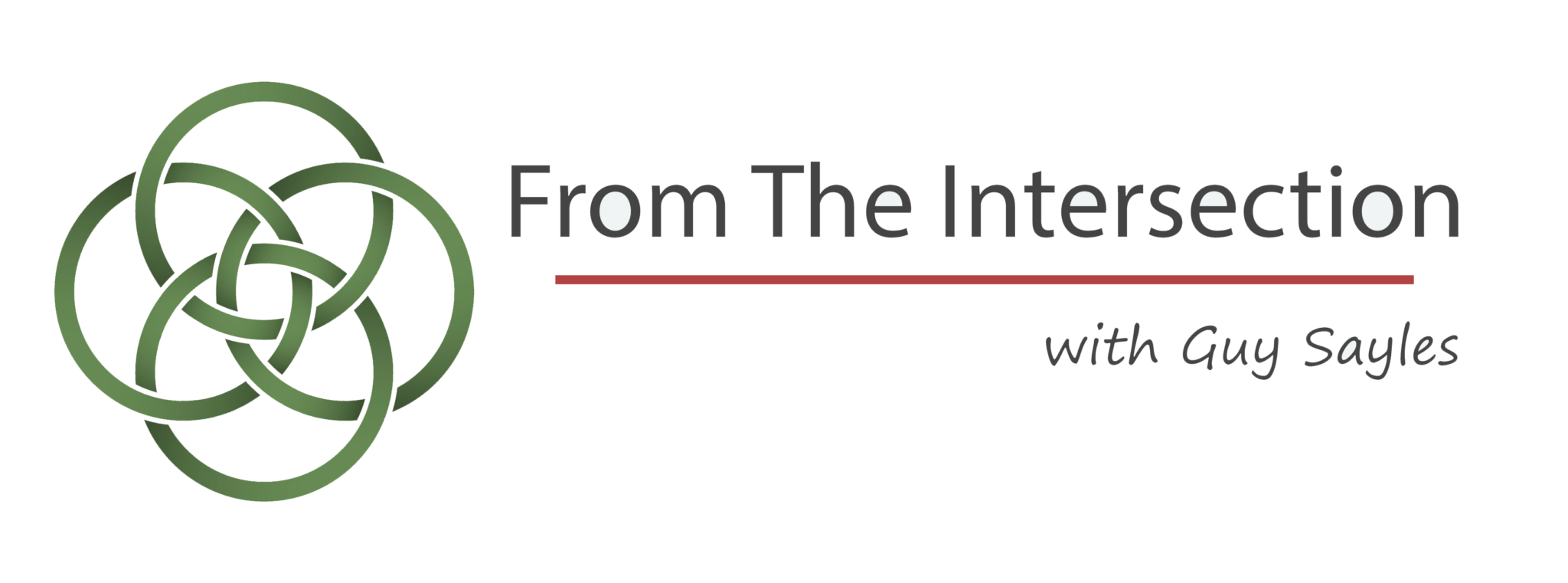
My third (or fourth) grade teacher at Huie Elementary School in Clayton County, GA was Mr. Wilson, a young African-American man.
I mention his race because it was the mid-1960s, and Clayton County wasn’t the most progressive part of metropolitan Atlanta, not by a long shot. When I became aware, later, of the dynamics he must have faced as a teacher in those slow-to-integrate county schools, I marveled at his courage.
He wore a crisp dress shirt, a tie, and, most of the year, a cardigan sweater. He carried himself with relaxed dignity, smiled easily, and laughed often. He was gentle, soft-spoken, and kind. I respected and loved him.
Mr. Wilson encouraged my love for books. When he sensed that I was bored, he’d give me a pass to go to the Library. Sometimes, he’d suggest a book he thought I’d like to read. Among others, he introduced me to Jack London, Jules Verne, and L. Frank Baum (until then, I’d thought The Wizard of Oz was only a movie).
Mr. Wilson also inspired my lifelong love for Dr. Seuss. Before becoming his student, I’d read, or had read to me, The Cat in the Hat, Hop on Pop, and other books Seuss had designed to help beginning readers, but I didn’t know about his other books.
One day, Mr. Wilson read to us The Sneetches, a parable about the farce and folly of our prejudices. I didn’t fully “get it” then, but I never forgot the book (I read it to one of my university ethics classes earlier this semester).
Near Christmas, he shared with me a copy of How the Grinch Stole Christmas, which, as with The Wizard of Oz, I hadn’t known existed as a book. I thought it was just a cartoon that aired along with Mr. Magoo’s A Christmas Carol each year (I had no idea who Charles Dickens was).
Just before school ended in early June, Mr. Wilson asked me to read a Dr. Seuss book to the class. He gave me a couple of days to practice, because I was so nervous. I’d never stood in front of a group to read or say anything, other than to spell words in a spelling-bee or to read a bible verse in a Bible Drill (it’s perfectly okay if you don’t know how “bible” and “drill” could possibly fit together).
I can’t remember why I chose Green Eggs and Ham; it was probably because I liked saying “Sam-I-am” over and over again. When the day came, even though it was warm in early June, I wore a cardigan sweater, like Mr. Wilson. I spoke the words slowly; and, at the end of each page, I showed the pictures, like Mr. Wilson.
To this day, whenever I read Dr. Seuss, I think of Mr. Wilson.
I wish I knew more of his story. Who encouraged his love of books in the way he encouraged mine? What gave him the inner strength to teach in a school where the way was surely difficult for him? How did he have the patience to put-up with a restless, easily-bored, and awkwardly-shy young boy like me? How did he know that I would, despite how nervous it made me, rise to the challenge of reading to the class?
Mr. Wilson was a lot like Fred Rogers, whose Mr. Rogers’ Neighborhood took to the airwaves a couple of years later after I was in Mr. Wilson’s class. Mr. Wilson quietly set me on a path that eventually led to changes in what I thought and felt about race, about myself, and about the power of words. He taught me not just “subjects,” but life.
Mr. Wilson and Dr. Seuss are both still with me and both good travelling companions. Oh, the places we’ll go.
Discover more from From The Intersection
Subscribe to get the latest posts sent to your email.


Guy, I loved this ! I was introduced to Dr. Suess very early in my life. However, my favor Dr. Suess memories have always revolved around my Mom and Dad’s dear friend, Dr. Russell Bennett. He, himself was a character larger than life and I remember sitting around and listening to him reading "Yertle the Turtle". (Down the street on Azalea Drive).Uncle Hussle as we called him was so much fun. I believe he held a position with Southern Baptist Convention. You may have known him.
Tina, thank you. I remember Russell very well, not only from his visits to FBC Conley when we were younger but from his teaching at Southern Seminary when I was a student there (I had him for a couple of classes). He was, in the very best way, "one of a kind," and his love for Dr. Seuss fit him perfectly.
Yesterday at First Baptist I heard your name mentioned three or four times…both in SS and during worship by a young girl during Reflection. The power of your words are life giving. We are all so indebted to teachers like Mr. Wilson who opened our eyes and hearts to new ways of thinking. Blessings Guy.
Thank you, Dianne. We are, indeed, very indebted to those who open us up to ways of thinking and feeling that we wouldn’t have experienced without them. Blessings to you, too.